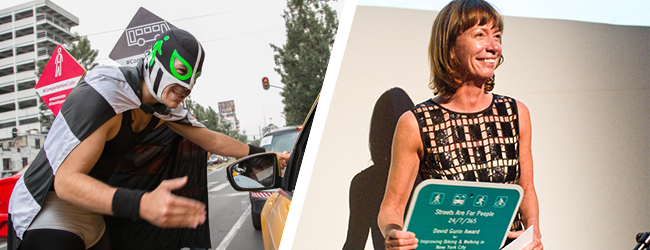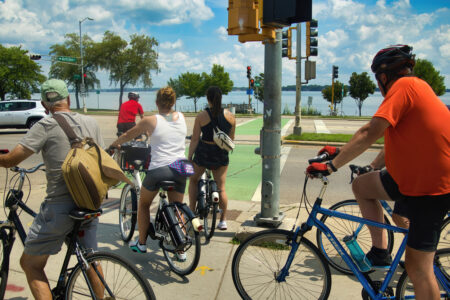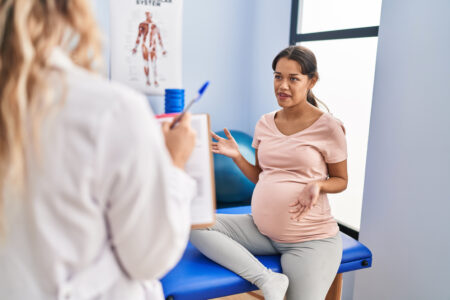
Share On Social!
In March 2016, Transportation Alternatives and Families for Safe Streets held the second annual Vision Zero Cities Conference, in New York City, NY (28.6% Latino) for traffic safety experts, advocates, bereaved families, elected officials and the public to exchange ideas and discuss how to implement and enforce best practices to prevent road deaths and serious injuries.
Former New York City Transportation Commissioner, Janette Sadik-Kahn believes that when you change the streets, you change the world.
Not only are road deaths and serious injuries a public health issue, but unsafe streets are a major hurdle for people trying to be physically active, stay healthy, or to get to work. Thus, traffic safety is a public health issue.
When people don’t feel safe to walk or bike near where they work, live, play, or pray, they are less likely to meet physical activity recommendations and at increased risk for diabetes, heart disease, stroke, and various cancers. Not only are chronic diseases uncomfortable, painful, time-consuming, costly, and life-threatening for the individual, but chronic diseases negatively affect every aspect of an individual’s entire life, whether work, career, play, recreation, time for kids, time for grand kids, goals, travel.
“How to communicate traffic [safety] as a public health issue, and how to work with [multiple] sector leaders — from public health to surgeons — was a central discussion throughout the conference,” according to one source.
Traffic safety is a public health issue. Given the issue of safe streets and the impact of fatalities and injuries among people of different backgrounds, traffic safety is definitely a public health issue.
Do you know people in public health or transportation? Share this with them.
Explore More:
Transportation & MobilityBy The Numbers
27
percent
of Latinos rely on public transit (compared to 14% of whites).



